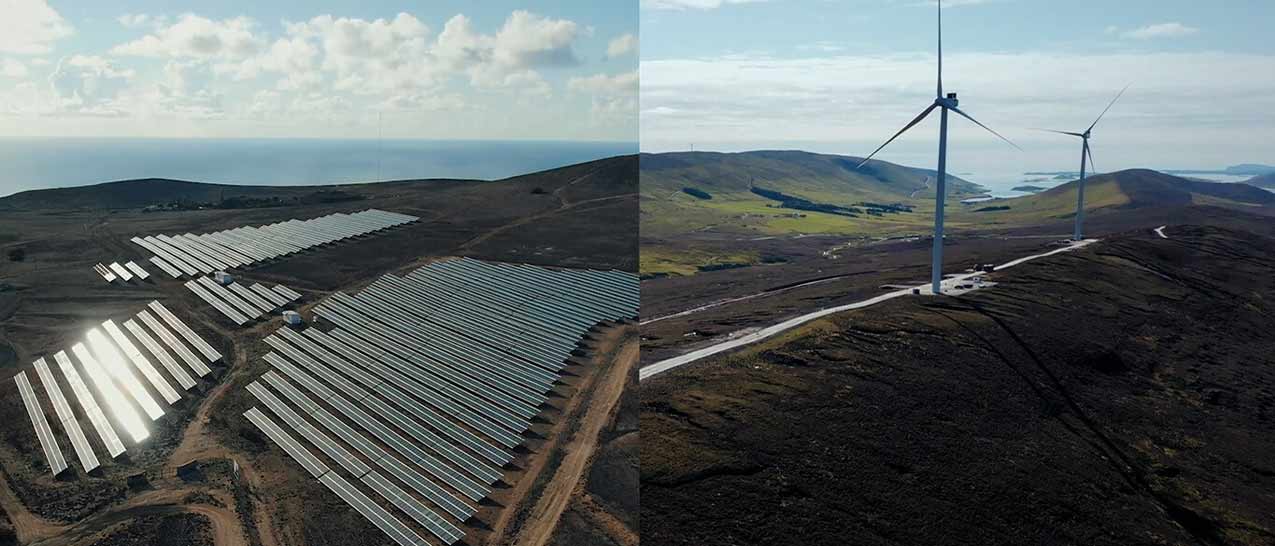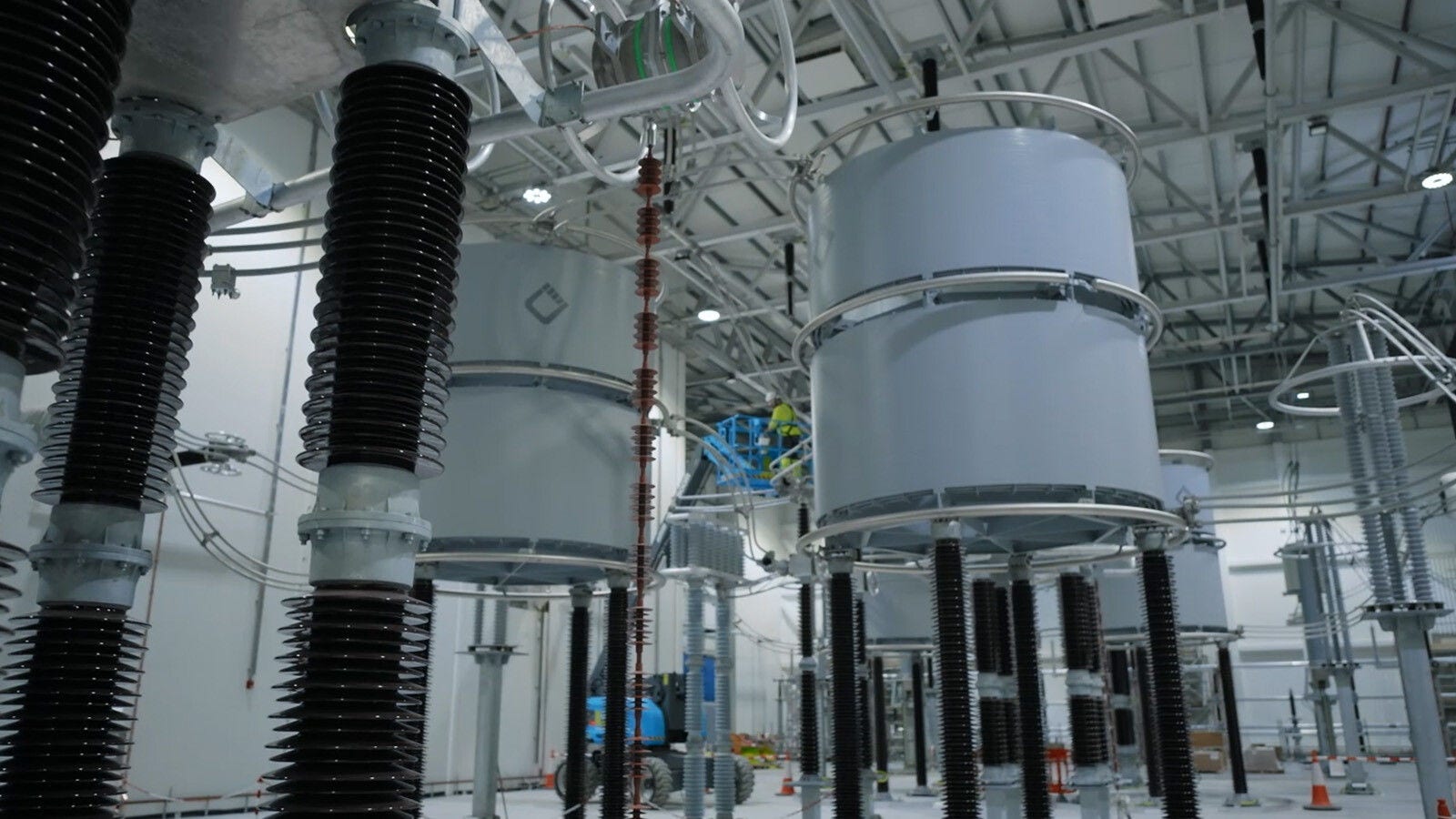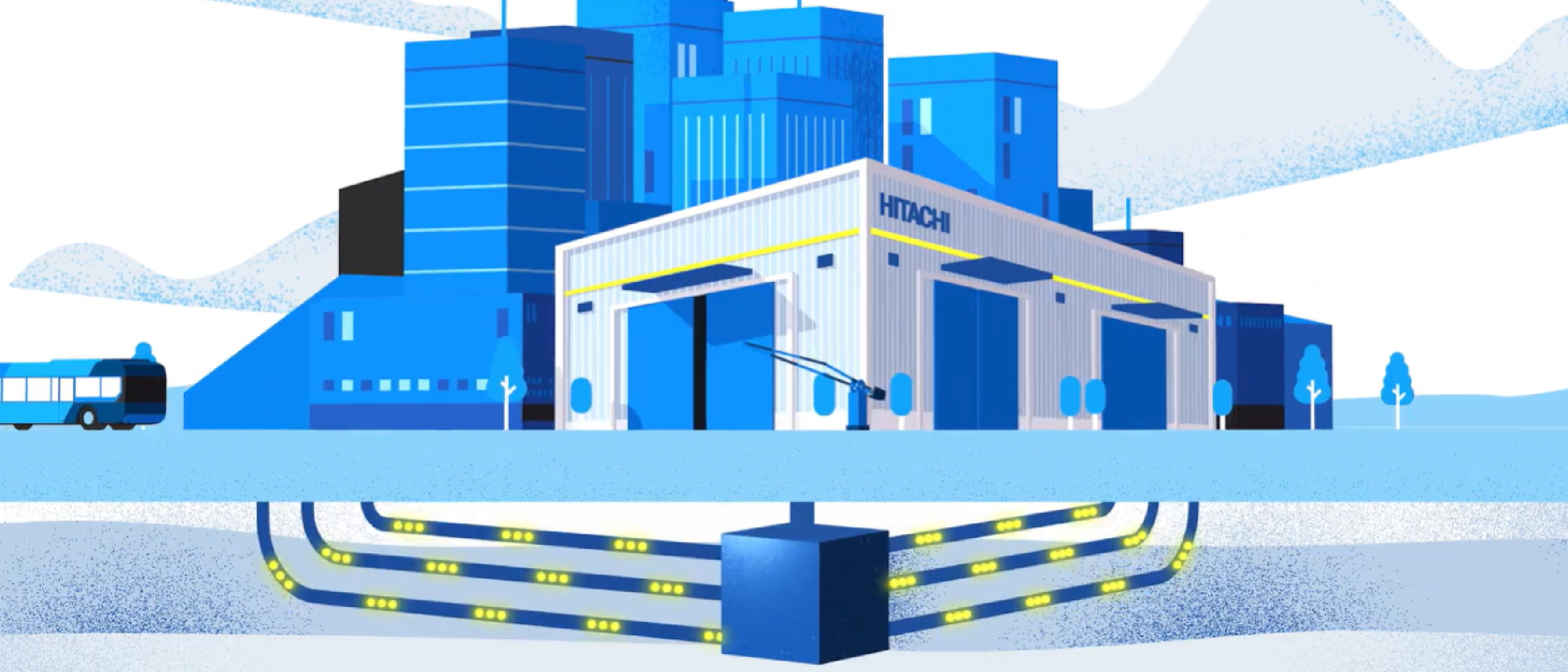

How technology and collaboration are powering our future energy system
By Gerhard Salge, Chief Technology Officer, Hitachi Energy
When people ask me what I do, I sometimes reply with a gentle smile and say: "I work in energy - it's the place to be". And whilst the response may be playful, the sentiment behind it is utterly serious.
I'm part of a team of people who are lucky enough to be able to help build a sustainable energy system for the century ahead - who wouldn't want to be part of that challenge? Of course, it's a challenge which requires a huge amount of responsibility and skill, but every day I feel inspired by the spirit of collaboration that my colleagues, inside and outside Hitachi Energy, are bringing to the table.
This is what we do. When Hitachi was founded in 1910, our original company mission was to "contribute to society through the development of superior, original technology and products". In short, to power good in the world. Today, powering good is all about collaborating with like-minded partners to build a sustainable energy system for the future.
Electricity will be the backbone of the entire energy system. By 2050, the global power system is expected to have an installed power generation capacity of around four times that of today, transferring three times the electrical energy. As the demand for electricity continues to accelerate, we need to upgrade the grid to manage this increased volume and complexity. Therefore, we need digitalisation for planning, building, operating and maintaining the grid infrastructure of tomorrow. This is transformational change, not just more of what we do today, and we should recognise that this comes with complexities.
Traditionally, the power system has been built on the basis of predictable demand and generation patterns - central large power plants, connected by alternating current (AC) systems with limited need of detailed digital information. Today, the new mix of central, distributed and more fluctuating renewable power sources, in combination with more variable demand patterns across all market sectors, requires a totally different approach to the power system design. It requires across power system management the availability of digital information and communication.

Our Hitachi Energy expertise is extremely broad. It starts from an understanding of the physical assets like transformers and switchgear, and other technologies needed to build modern substations (sensing, measuring, communication, protection and control).
We also build the most modern active power quality solutions in AC, and flexible high-voltage direct current (HVDC) systems that form a much more complex network of systems.
Finally, all of that is controlled within the network control centres. These solutions are within our scope, but beyond that, we are also providing the software solutions for planning of investments, risk management and trading around all of the power system operational aspects.
Such a comprehensive range of technological solutions is already unique in the market, but we have the additional competence and technology within Hitachi Digital to integrate beyond the Operational Technology (OT) space of our customers with their Information Technology (IT) solutions.
To deliver a total package of solutions to our clients involves internal partnerships across the company but also often requires the right collaborations externally. A good example of an external partnership is our recent framework agreement with TenneT to supply multiple offshore and onshore HVDC converter stations and associated infrastructure to accelerate the integration of bulk renewables into European power grids. We are also collaborating with Google Cloud to co-create multiple cloud software products and services to support the energy transition.
The reality for many of our customers is that the integration and approval of new infrastructure takes a lot of time - different countries face different challenges, and the scale of transition requires the support of public/private partnership. I'm encouraged to see all the energy transition stakeholders coming together for the common good. Although technology can be the foundation and enabler of the future power systems, we can only unlock its true potential if we collaborate at a level never seen before.
As I said at the start, energy, specifically the power system, really is the place to be. But with increased collaboration, it can be an even better place to be - today, there are large parts of the world that don't have access to electricity so for them, and billions more all over the globe, the opportunity to enhance and improve their lives through a sustainable energy system is a challenge I relish every day.









